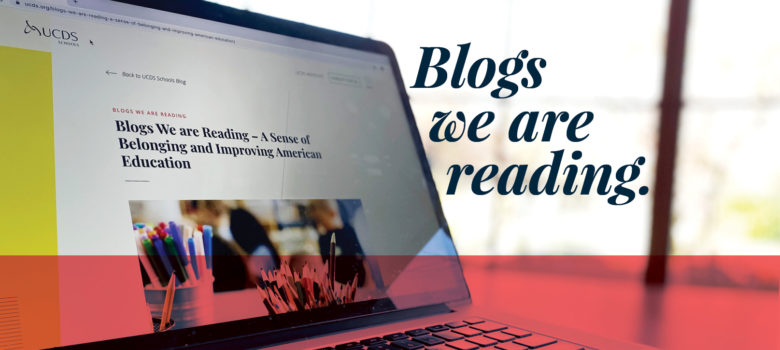By Marion Reader, Infant-Toddler Classroom Teacher
Written in response to the Mill Neck International article, Deaf children need sign language, with or without cochlear implants.
As more and more hearing educators and families learn more about deafness, Deaf Culture (lowercase d “deaf” implies medical deafness, capital D “Deaf” signals Deaf Culture and whose within it), and sign language, more and more conversations arise regarding the “debate” between cochlear implants and sign language. For years the debate has gone something like:
Hearing person: Cochlear implants are the only way to go because we want our children to be able to hear and talk just like us!
Deaf person: Sign language is the only way to go because it allows us access to our community and rich cultural history.
Both points of view have valid opinions, research, and feelings behind them. I’m not here to pick a side or tell anyone how to support their d/Deaf children and students. But I am here to say that sign language, beyond being a rich cultural language, can be an incredibly meaningful accessibility tool for d/Deaf people, diverse learners, and students with disabilities.
In 2013, Klaudia Krammaer published a research review, combining a huge amount of research deafness, sign language, its effects on language development, and how it affected children with and without cochlear implants. The central conceit of this review was that sign language is deeply beneficial for all children with hearing loss whether they wear a cochlear implant or not. So, I’m here to say that, regardless of if a child has an implant, regardless of the level of their hearing loss, we should all be using sign language (I’m using the term “sign language” since there are hundreds of different types of sign language and they all show similar language development results).
Sign language does not have a negative effect on the development of spoken language. It is actually the opposite! And this is something we see when we use baby signs for our infants and toddlers. I have a hearing student who came into class at a little over a year old and was having challenges communicating their needs. After introducing them to some key sign language phrases, they were able to begin asking for help both verbally and signed, communicating if they wanted milk, water, or food, and their physical behaviors with other children decreased due to this language access. This child is now 18 months old and is right on track with verbal language development. No delays have occured because we used ASL, in fact, it supported them as they jump-started their communication skills. This example is with a hearing child, but this type of experience is seen with d/Deaf children with implants as well.
Used in a classroom, sign language can support all students’ language learning and brain development. It’s widely accepted that different people learn in different ways and it is being researched more and more that using our bodies can activate and help our brains retain and learn information more concretely. As a body-based and visual language, sign language can support d/Deaf students having access to a language that meets their needs, and it can also support hearing students working on developing other language skills.
Sign language can deeply support nonverbal children and children who have challenges finding their voice. In work with young children, we work with children with disabilities. We work with students whose development is on a different path than the majority of people in their classes. Whether a student is nonverbal all the time or becomes nonverbal due to a nervous system override when something stressful happens, sign language can be a deeply valuable tool. Not only can it support nonverbal students in making their immediate needs met, but it can help them create connections and feel more supported than if they kept being asked to communicate in a verbal or verbal-centered way. It simply allows our spaces to be more accessible and equitable for students of all abilities and students with different processing needs.
Finally, sign language makes spaces more equitable for d/Deaf people. Starting this equity early on in the home and at school can make a world of difference as d/Deaf children grow. While they will always be d/Deaf, they do not always have to be marginalized for their hearing differences if they have access to sign language in their everyday life. Whether a child has an implant and is simultaneously working on learning verbal language or they are Deaf and proud not to engage in verbal languages, sign language supports our ability to communicate with our children and students, and makes d/Deaf children feel they have access and space in a hearing dominated world.
All in all, the message from Krammaer’s review, and the message I have gathered after working in the Deaf community with students with and without implants, is that there is no harm that can come from using sign language. There are only neutral and positive outcomes. If you are looking for more ways in which to make your classrooms or other educational spaces accessible to many different students, including d/Deaf students, sign language is a wonderful tool as well as a beautiful way to integrate a wide array of cultures into the classroom.




